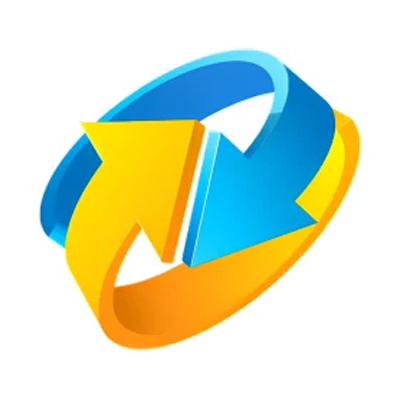MIDI, short for Musical Instrument Digital Interface, is a technical standard that describes a protocol, digital interface, and connectors for enabling electronic musical instruments, computers, and other related devices to connect and communicate with each other. Midi files contain a series of instructions that a MIDI-capable hardware or software instrument translates into sound. Unlike digital audio files like MP3s or WAVs, which contain the actual sound, MIDI files store note and control information that can be varied in terms of pitch, duration, velocity, and timbre.
Birth of MIDI
The MIDI protocol was established in 1983 due to the collaboration among manufacturers. Its inception revolutionized the music industry by allowing different brand instruments and music devices to speak the same language. It facilitated the rise of digital music production, making it easier to create complex arrangements without the need for multiple musicians or sophisticated recording equipment.
How MIDI Works
MIDI files are like musical scores for computers. They do not contain sound, but rather the instructions for creating it. When played back on a MIDI-compatible device, the device interprets these instructions to generate live music. It provides versatility, as the same MIDI file can sound different when played through different instruments or synthesizers.
Software and Devices That Use MIDI
Today, MIDI is utilized by a vast range of software, including digital audio workstations (DAWs) like Ableton Live, FL Studio, and Logic Pro. There is also an abundance of MIDI controllers such as keyboards, drum pads, and wind controllers that further extend the versatility and expressiveness of MIDI performances.
Alternatives to MIDI
Despite its longevity, MIDI has seen various updates and alternatives. Notable advancements include MIDI 2.0, which vastly expands the protocol's capabilities, and OSC (Open Sound Control), designed for modern networking technology. Audio recordings, sample-based instruments and direct digital synthesis serve as alternatives to MIDI for those seeking higher fidelity or different methods of music production.




